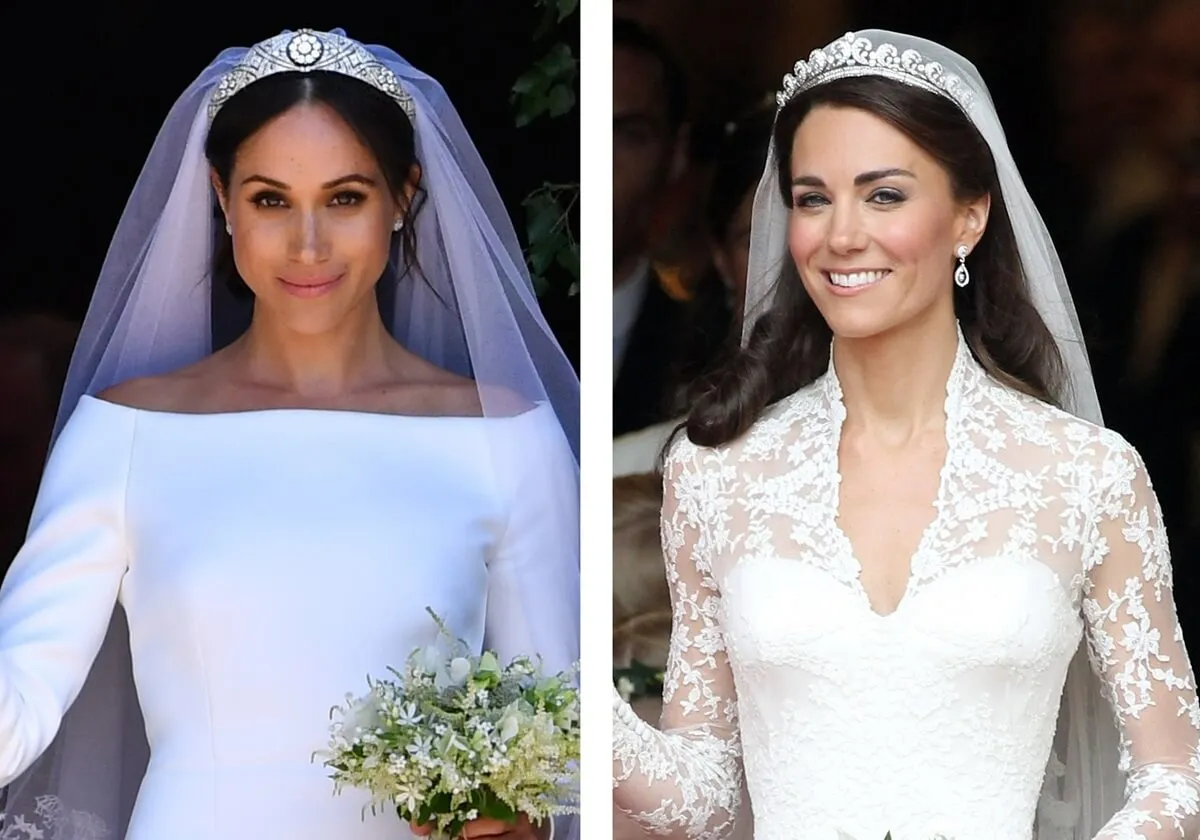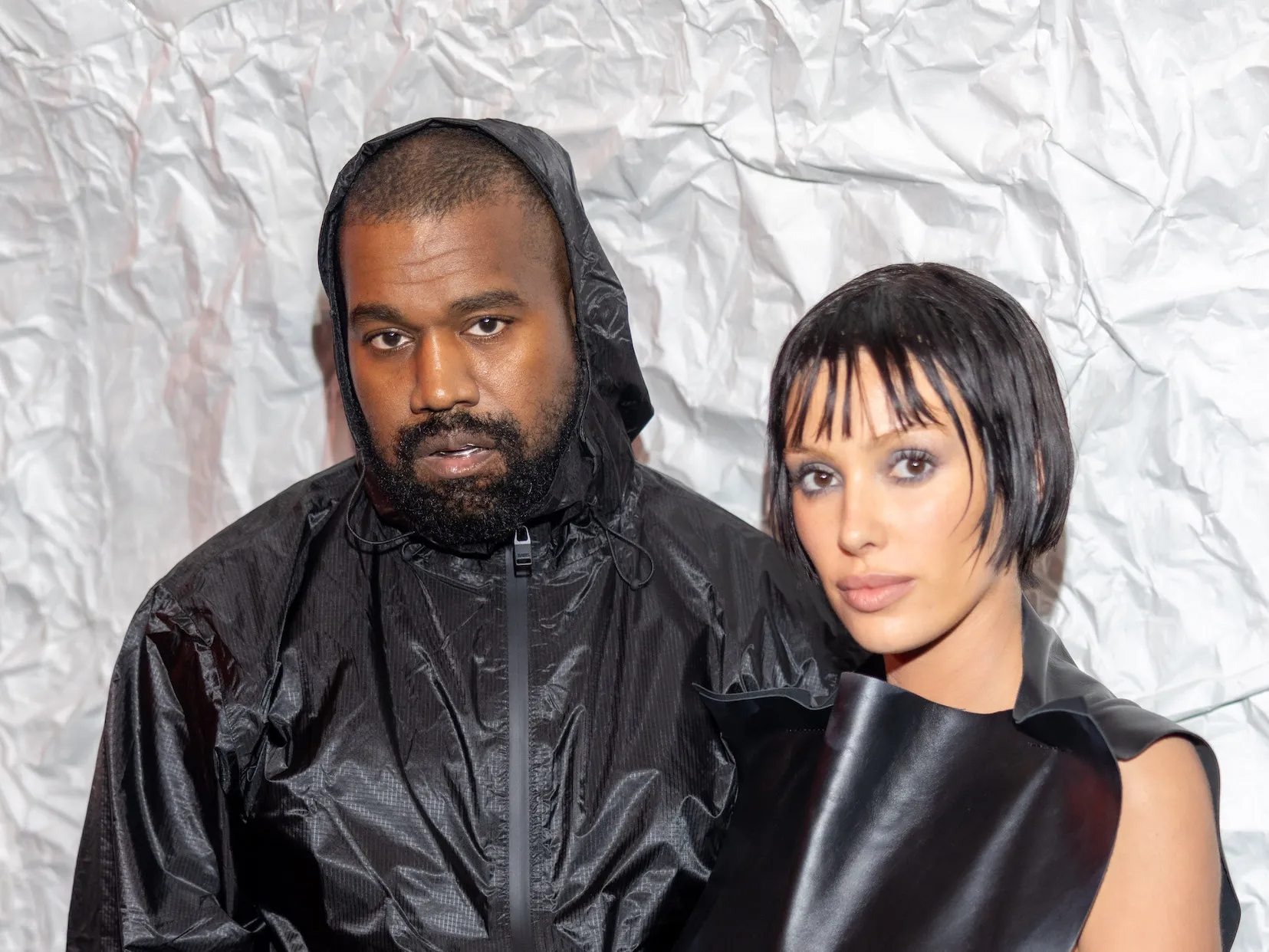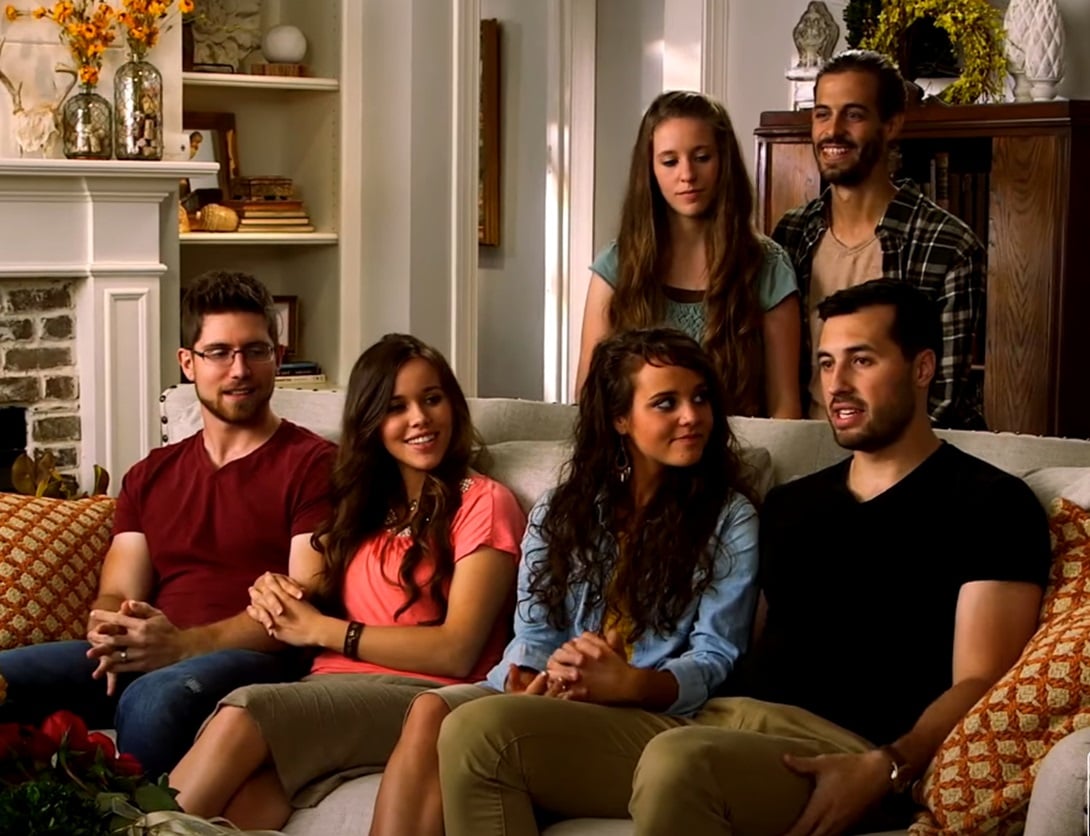Is Disney’s Cinderella Based On a True Story?
The story of Cinderella has tremendous staying power in pop culture. It has been told, retold, and remixed, sparking the imaginations and fairy tale dreams of people across generations. The image of Cinderella is so incredibly powerful that it’s been used for everything from capturing the pain of losing Princess Diana to becoming a central theme in people’s weddings.
As we look to a live-action remake of the classic version of the tale coming from Sony in 2021, it’s interesting to explore the origin story more fully. How did Cinderella come to be, and is she based on a true story?

There is a long line of modern-day versions of Cinderella
Even just within the modern era, we’ve seen several versions of the Cinderella tale. The classic Disney film many people think of when they hear the name was released in 1950, according to History. Disney was following up the successful blueprint that had brought Snow White to the screen, once again choosing to turn a classic fairy tale into a family-friendly experience. The Rogers and Hammerstein version of the tale aired on CBS in 1957. In 1997, Whitney Houston and Brandy Norwood remixed the tale with Disney.
As Disney explored turning their classics into live-action versions, 2015’s Cinderella starred Lily James as the famous princess. Now Sony is working with an all-star cast (including Billy Porter as a genderless fairy godmother) to bring the magic to the screen once more. This latest version is currently in production with an expected release of early 2021.
The story is much older than Disney’s version
While it may seem like all of these iterations of the tale have a foundation in Disney’s classic animated version, the story is actually much, much older, according to Vox. Many people are aware that Disney borrowed stories from fairy tales. Disney’s inspiration was likely the Brothers Grimm version of the tale. These German brothers made it their lifelong work to collect fairy tales and folklore and ensure that they were passed down for generations. According to Britannica, their version was much darker and included the cheery, helpful birds pecking out the stepsisters’ eyes during the wedding ceremony. Ouch!
However, that’s not the original version, either. The Grimm Brothers likely got their version of the tale from the French writer Charles Perrault. He added the glass slipper, the pumpkin, and the fairy godmother we all know so well. Perrault, for his part, was borrowing from an even older tradition. The story of “Cenerentola” was found in a collection of Italian stories in the 17th century.
Even that tale, however, is not the original. The basic story of Cinderella — a commoner facing oppression who rises into another social class through marriage — is a common trope that appears over and over again across cultures and geographical locations. As far as historians can tell, the earliest version of the Cinderella tale is from Ancient Greece and was written in the sixth century B.C.E. A Greek courtesan escapes her social position when an Egyptian king finds her shoe, which was conveniently stolen by an eagle and then dropped in his lap.
Was there a real Cinderella?
It’s hard to answer the question of whether there was a “real” Cinderella. The stories are obviously fantastical and full of allegory — even without the addition of magical pumpkins. There does not seem to be evidence of a real woman named Cinderella who married a prince to escape her station in life. However, the story of class struggles is definitely rooted in reality.
We have seen this particular aspect of the tale recaptured and displayed across cultures and time periods. Pretty Woman showcases how a sex worker named Vivian Ward escapes her life of poverty by capturing the heart of a rich man. Pretty in Pink has Chicago teen Andie climbing out of her outcast status through her relationship with cool boy Blane.
There may not be one single “Cinderella” we can point to as the real-life inspiration for the tale, but there are plenty of real-life examples of people finding romance across class lines and trying to adapt to the changes it brings.


